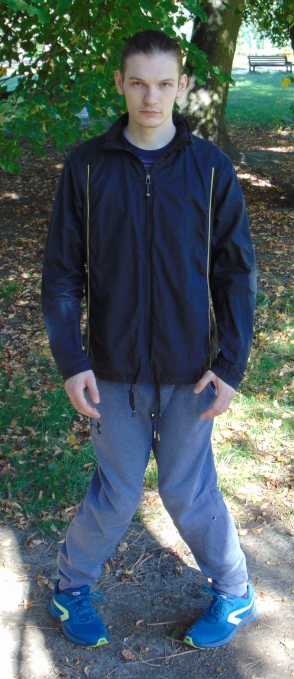 An interesting technique of old Capoeiragem is Clube X, described in 'Melo Moraes Filho, Festas e Tradições Populares do Brasil(1888)'.
An interesting technique of old Capoeiragem is Clube X, described in 'Melo Moraes Filho, Festas e Tradições Populares do Brasil(1888)'. An interesting technique of old Capoeiragem is Clube X, described in 'Melo Moraes Filho, Festas e Tradições Populares do Brasil(1888)'.
An interesting technique of old Capoeiragem is Clube X, described in 'Melo Moraes Filho, Festas e Tradições Populares do Brasil(1888)'.
"'O ‘passo a dois’ (gíria moderna) é um sapateado rápido que antecede à cabeçada e a rasteira, da qual o acometido se livra armando o ‘clube x’, que quer dizer o afastamento completo das tíbias e união dos joelhos, que formando larga base, estabelece equilíbrio, recebendo no embate o salto da botina, que ainda ofende o adversário."
"'Passo a dois' (modern slang) is a quick tapdance that precedes cabeçada and rasteira, that the opponent escapes by assuming 'clube x', which is done by spreading the shins wide and putting the knees together, creating a base and establishing equilibrium, receiving the attack but having the attacker get the worse of it."
-
Here is how it works, translated to our parlance:
The opponent starts Peneiracao (low guard - the tearing tactics) in preparation to give a Rasteira or a Cocada (one of the guard breakers).
The defender, seeing this, assumes the Clube X position - pressing his knees together and keeping his feet apart.
Now in the text it says that the defender absorbs the attack(Rasteira or Cocada); but the attacker gets the worse of it!
How is it possible?
The principle is in the position itself. If you assume it correctly using Bear mechanics, and the attacker gives you a Rasteira, or grabs your waist in preparation for Cocada, this position causes a nerve disruption in him, so he cannot continue with the attack!
But what is more: The nerve disruptor stuns him for a while, so the defender can counterattack with impunity. (Using for example a kick to the groin; see note 2).
So this is Clube X: An interesting case of positional nerve disruptor; doubly interesting because it found its way into capoeiragem!
(Compare it with positional disruptors of kungfu; which are usually used against grabs).
-
Clube X is a very interesting technique, because it shows how high-level the capoeiragem of 1900's was - it stops opponent's attack using positional nerve disruption. This is light years ahead of modern martial arts that use physical force and do not even know the concept of nerve disruption (and certainly light years ahead of modern capoeira that completely lacks any defence against Rasteira).
-
Note 1:
Clube X works against sweeps:
-rasteira
-frontal raspa
-rapa
-corta capim
-calco
-dourado
and specific cabecadas:
-cocada
-the Monkey cabecada with leg grab
-the Bahian cabecada Rooster+Seduction1 (to the body)
-ear clinch and Tiger to the face
-hand grab and Tiger to the chin
Ie it mostly neutralizes clinched cabecadas(presas); it does not neutralize the downward Tiger cabecadas without hand grab(soltas); but that is OK as these are applied as counters. (Entry-wise, this technique is against guardbreakers; not against counters or jabs.)
Note that it also works against rapa; according to Burlamaqui(1928), in Batuque, this position was called 'leque'(fan) (don't confuse it with capoeire Regional Leque, a hand technique against cabecada).
Note 2:
Clube X has the Bear archetype; for the whole body. That is why you have to counterattack using Bear techniques: The best one is Chincha (see the article about it). You can also use the Bear 'cripple kick'; where the leg arches outward and kick opponent's groin with the shin. (This is also used in Saifa; see my book on Saifa).
Additionally, you can use Bear hammerfists; but these are not as powerful.
Note 3:
Clube X is a very important position both in Capoeiragem (where it defends against Rasteiras and clinches) and Batuque (where it is one of the two key positional disruptors).
Study it well so you then can understand Batuque more easily.
This Web Page was Built with PageBreeze Free HTML Editor